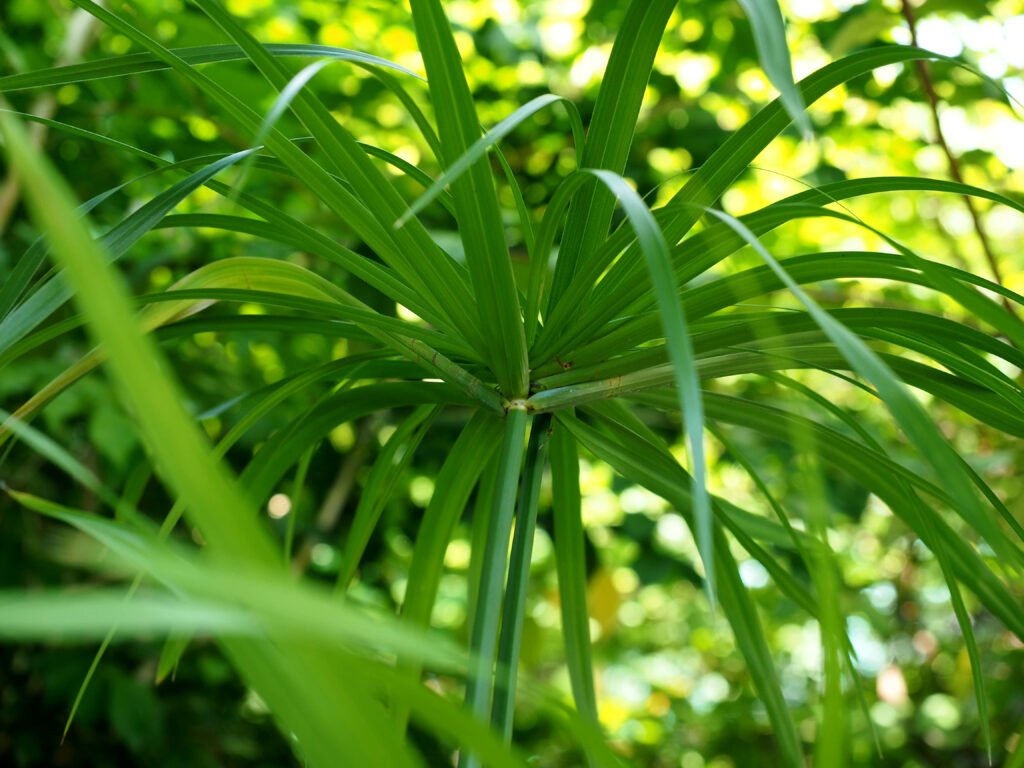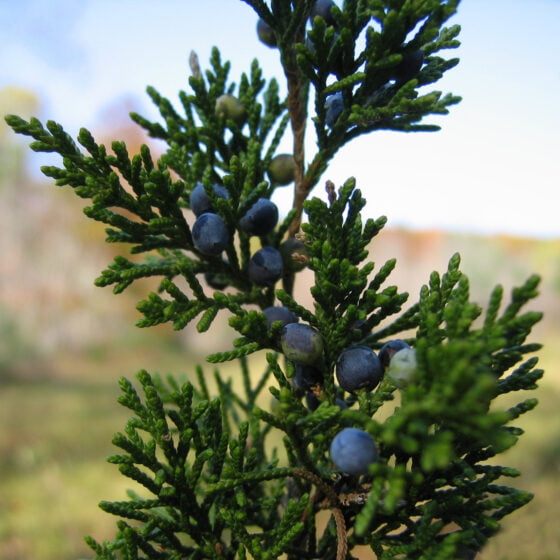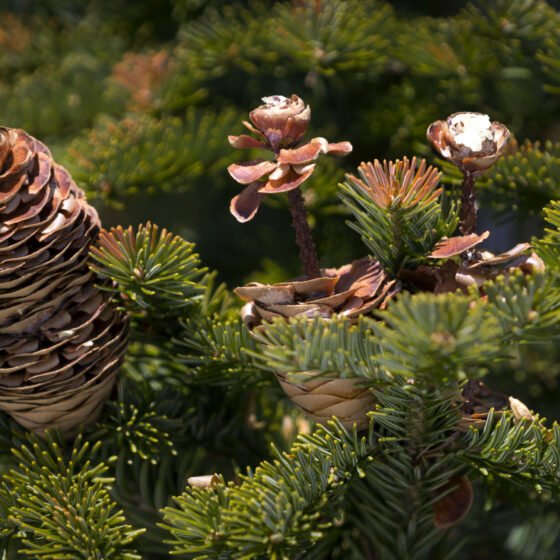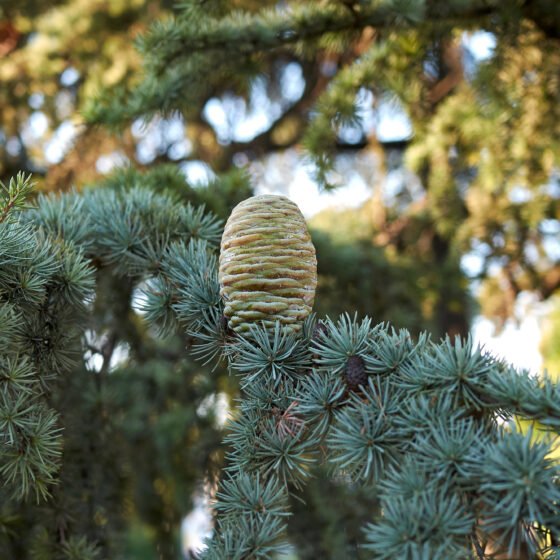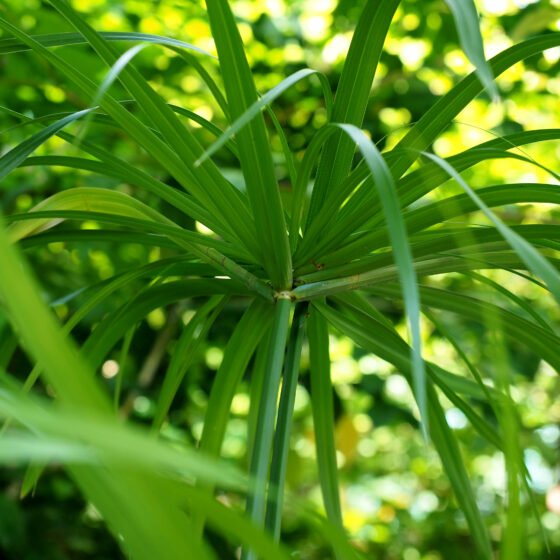
Cypriol India
Cyperus scariosus
General data
Harvest Calendar
- J
- F
- M
- A
- M
- J
- J
- A
- S
- O
- N
- D
Product details Fragrance side
Cypriol is mainly used with other woody notes, but also as a heart note in neo-chypres.
About
Native to India, cypriol grows in riverbeds in India’s Madhya Pradesh region. It is an herbaceous plant with morphology similar to papyrus. It has erect, angular stems bearing short, slender, bright-green leaves. The aromatic rhizomes form a dense root system.
In India, cypriol roots were used to scent women’s clothing, including traditional saris. Cypriol is locally nicknamed Nagar musta in Sanskrit or Nagar motha in Hindi. Cypriol essential oil is part of the art of Vashikarana, an ancient Indian rite. In this rite, the person who applies this oil to his or her forehead is certain to have success in matters of the heart.
Cypriol is nicknamed the worst weed in the world because it is known to be very invasive. The roots are harvested from February to June by residents from the local villages. The raw material is gathered together in the villages and then transported to the production plant. The roots are washed and dried before being processed in the same way as vetiver roots.
Fragrance side
Cypriol is mainly used with other woody notes, but also as a heart note in neo-chypres.
About
Native to India, cypriol grows in riverbeds in India’s Madhya Pradesh region. It is an herbaceous plant with morphology similar to papyrus. It has erect, angular stems bearing short, slender, bright-green leaves. The aromatic rhizomes form a dense root system.
In India, cypriol roots were used to scent women’s clothing, including traditional saris. Cypriol is locally nicknamed Nagar musta in Sanskrit or Nagar motha in Hindi. Cypriol essential oil is part of the art of Vashikarana, an ancient Indian rite. In this rite, the person who applies this oil to his or her forehead is certain to have success in matters of the heart.
Cypriol is nicknamed the worst weed in the world because it is known to be very invasive. The roots are harvested from February to June by residents from the local villages. The raw material is gathered together in the villages and then transported to the production plant. The roots are washed and dried before being processed in the same way as vetiver roots.
Other type of extracts
(Woody)
